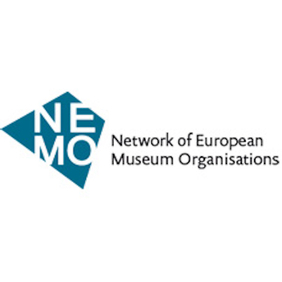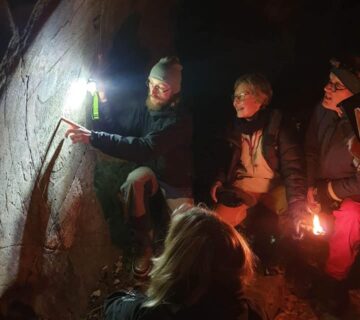In order to better understand the needs of the museum sector, NEMO has published an analysis of the museums’ participation in the centralised EU funding programmes from 2014-2018, that provides detailed data on national and European level about the current funding usage.
Based on the findings, NEMO offers recommendations to EU policy makers on the one hand, and to national museum organisations and museums on the other hand, to help museums better access EU funding opportunities.
- The report shows that only a fraction of museums benefit from the EU funding opportunities and demonstrates a geographical funding imbalance across Europe.
- The report also confirms that training and mobility activities are the most used formats, which confirms a great need for capacity building opportunities for museums at European level.
- Only 6% of the Creative Europe budget (culture strand) is used by museums participating in projects. For the Erasmus+, Horizon 2020 and Europe for Citizens programmes, this percentage is less than 1%.
NEMO believes that the following policy goals should guide European decision-making on investment in the museums sector:
- ensure that European museums are able to play their full part in delivering European priorities, including growth, integration, social impact, skills, jobs and research,
- ensure that museums are better equipped to bid for and carry out EU funded projects,
- facilitate better access for micro-organisations to European cultural funding programmes,
- improve the training and mobility opportunities of the museum workforce through targeted actions at European level.
The full report can be downloaded here and the recommendations summary here.
Lorena Aldana is the Outreach Officer for EUROPA NOSTRA – the voice of cultural heritage in Europe (www.europanostra.org). This announcement from NEMO was received from Europa Nostra as part of dissemination through the European Heritage Alliance 3.3.




